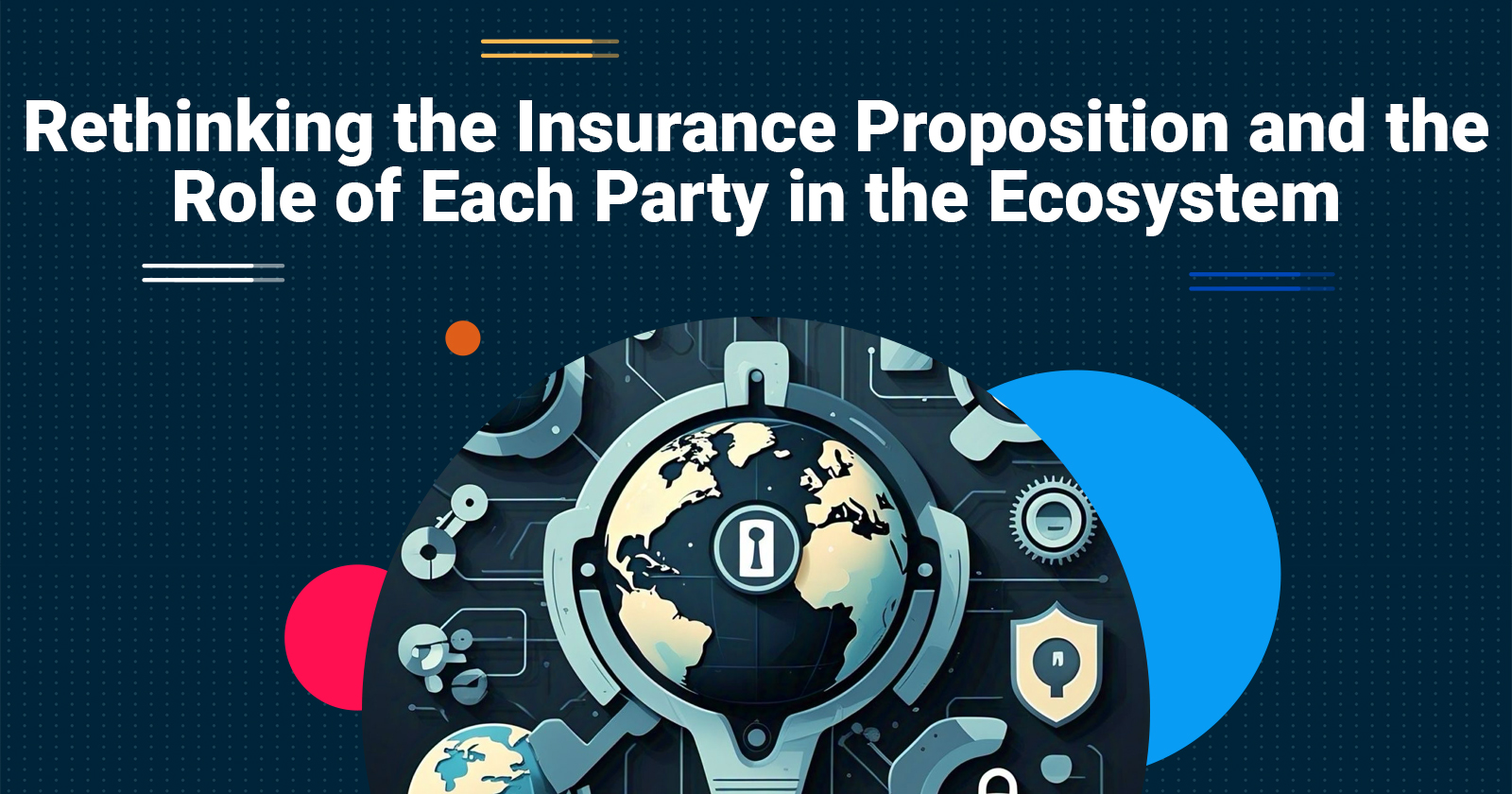
[This article was generated by ChatGPT and has been edited by the Surer team for clarity, readability and context.] The insurance landscape is evolving, and with it, the traditional roles of insurers, intermediaries, and customers. Gone are the days when insurance was simply about selling policies and settling claims. Today, it’s about value creation, risk prevention, and seamless customer experiences. Let’s explore how each party in the ecosystem plays a role in shaping the future of insurance. Insurers: From Risk Bearers to Risk Mitigators Traditionally, insurers have been seen as entities that step in after an unfortunate event. However, their role is shifting towards proactive risk management. Leveraging data analytics, artificial intelligence, and IoT devices, insurers can now predict and prevent risks before they occur. By offering wellness programs, safe driving incentives, and cybersecurity protections, they are transforming from mere financial safety nets to active partners in customers’ lives. Additionally, insurers are investing in embedded insurance solutions, integrating policies into everyday transactions to provide seamless coverage at the point of need. Intermediaries: From Policy Sellers to Trusted Advisors Insurance intermediaries, including brokers and agents, are no longer just facilitators of policy sales. They are evolving into trusted advisors, helping clients navigate complex coverage options and tailor policies to individual needs. With digital tools at their disposal, intermediaries can provide data-driven recommendations, real-time assistance, and even automate parts of their advisory services, enhancing both efficiency and client relationships. Furthermore, intermediaries who embrace omnichannel engagement—leveraging social media, video consultations, and AI-powered chatbots—are gaining a competitive edge by meeting customers where they are. Customers: From Passive Buyers to Engaged Participants Consumers today expect more than just an annual renewal reminder. They want personalised coverage, transparency, and proactive communication. Insurtech innovations are enabling self-service portals, real-time policy adjustments, and on-demand coverage options, empowering customers to take control of their insurance journey. In return, engaged customers contribute valuable data that helps insurers and intermediaries improve offerings and pricing. Additionally, as financial literacy improves, customers are becoming more discerning, demanding ethical, sustainable insurance products that align with their values. The Role of Technology and Regulation Technology is a key enabler of these shifts. Artificial intelligence, blockchain, and big data analytics are revolutionising underwriting, claims processing, and fraud detection. Insurers and intermediaries that harness these tools effectively can deliver superior customer experiences and optimize operations. Meanwhile, regulators play a crucial role in fostering innovation while ensuring consumer protection. By creating frameworks that encourage digital adoption while maintaining ethical standards, regulatory bodies are instrumental in shaping the future of insurance. Conclusion: A Collaborative Future The insurance ecosystem is no longer a linear transaction but a dynamic collaboration. When insurers, intermediaries, and customers work together, the industry moves towards a model that is proactive, personalized, and value-driven. By rethinking traditional roles, each stakeholder can contribute to a more resilient and customer-centric future for insurance. Embracing innovation, fostering trust, and prioritizing customer needs will be key drivers of success in the evolving insurance landscape. It is fuss-free. No credit card or payment required.Are you an Insurance intermediary? Sign up for free now!
Subscribe to our Telegram channel to get the most insightful articles delivered to you automatically!
